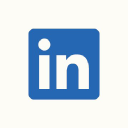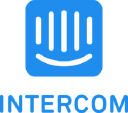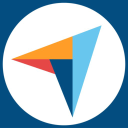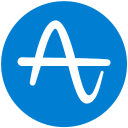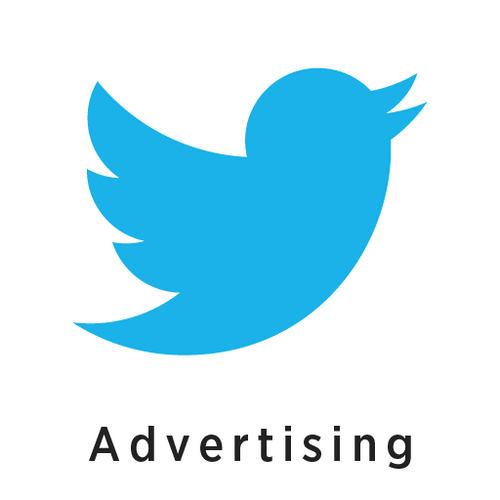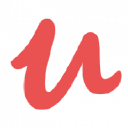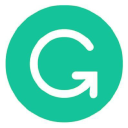Our SaaS Went From $9.4K to $200K MRR, In Under Five Years [Update]
This is a follow up story for UserGuiding. If you're interested in reading how they got started, published about 6 years ago, check it out here.
Hello again! Remind us who you are and what business you started.
Hi there! I’m Osman Koc, co-founder and CEO of UserGuiding. UserGuiding is an all-in-one product adoption platform that we started in 2017 with my fellow co-founders, Muhammet, Alican, and Mert. But you already knew that from our interview in 2019, which was a perfect picture of our humble beginnings.
What you might not know is that UserGuiding is now an all-around tool with Surveys, Product Updates, Resource Centers, and other functionalities that go beyond what we first envisioned with Product Tours back when we had our first interview.
Coincidentally, we are now making $200K/month with a firm grasp on the Brazilian market; we work with the biggest companies in Brazil and have a dedicated team of 4 there. We even had a huge New Year party in Brazil with 100+ people and had one of David Copperfield’s protégés do a magic show. It was a blast!

Download the report and join our email newsletter packed with business ideas and money-making opportunities, backed by real-life case studies.

Download the report and join our email newsletter packed with business ideas and money-making opportunities, backed by real-life case studies.

Download the report and join our email newsletter packed with business ideas and money-making opportunities, backed by real-life case studies.

Download the report and join our email newsletter packed with business ideas and money-making opportunities, backed by real-life case studies.

Download the report and join our email newsletter packed with business ideas and money-making opportunities, backed by real-life case studies.

Download the report and join our email newsletter packed with business ideas and money-making opportunities, backed by real-life case studies.

Download the report and join our email newsletter packed with business ideas and money-making opportunities, backed by real-life case studies.

Download the report and join our email newsletter packed with business ideas and money-making opportunities, backed by real-life case studies.

